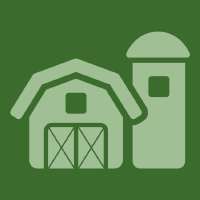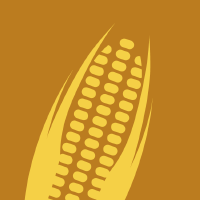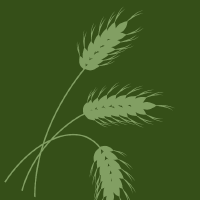Topic Editors




Intelligent Agriculture: Perception Technologies and Agricultural Equipment for Crop Production Processes

Topic Information
Dear Colleagues,
Due to the complexity of agriculture and the challenges of increasing labor costs, we focus on exploring how technological advances can improve crop production processes in agriculture. We look at technologies such as perception technology, intelligent farm equipment, and automated farm management, all of which are leading the way to more sustainable and intelligent agriculture. This collection of papers will benefit researchers in agricultural engineering, perception technologies, agricultural equipment, and smart farming practices. The article aims to provide insights into overcoming long-standing challenges in agriculture by delivering innovative solutions through artificial intelligence technologies, perception systems, and precision farming techniques. This collection will be valuable for researchers, practitioners, and policymakers in agriculture as they work towards sustainable and efficient farming practices in the face of demographic changes.
Dr. Chenglin Wang
Dr. Lufeng Luo
Dr. Juntao Xiong
Prof. Dr. Xiangjun Zou
Topic Editors
Keywords
- intelligent agriculture
- perception technology
- intelligent agricultural machinery
- fruit picking
- crop harvesting
- agricultural engineering
Participating Journals
| Journal Name | Impact Factor | CiteScore | Launched Year | First Decision (median) | APC | |
|---|---|---|---|---|---|---|

Agriculture
|
3.3 | 4.9 | 2011 | 19.2 Days | CHF 2600 | Submit |

Crops
|
- | - | 2021 | 22.1 Days | CHF 1000 | Submit |

Horticulturae
|
3.1 | 3.5 | 2015 | 16.9 Days | CHF 2200 | Submit |

Remote Sensing
|
4.2 | 8.3 | 2009 | 23.9 Days | CHF 2700 | Submit |

Sensors
|
3.4 | 7.3 | 2001 | 18.6 Days | CHF 2600 | Submit |

Agronomy
|
3.3 | 6.2 | 2011 | 17.6 Days | CHF 2600 | Submit |

MDPI Topics is cooperating with Preprints.org and has built a direct connection between MDPI journals and Preprints.org. Authors are encouraged to enjoy the benefits by posting a preprint at Preprints.org prior to publication:
- Immediately share your ideas ahead of publication and establish your research priority;
- Protect your idea from being stolen with this time-stamped preprint article;
- Enhance the exposure and impact of your research;
- Receive feedback from your peers in advance;
- Have it indexed in Web of Science (Preprint Citation Index), Google Scholar, Crossref, SHARE, PrePubMed, Scilit and Europe PMC.

